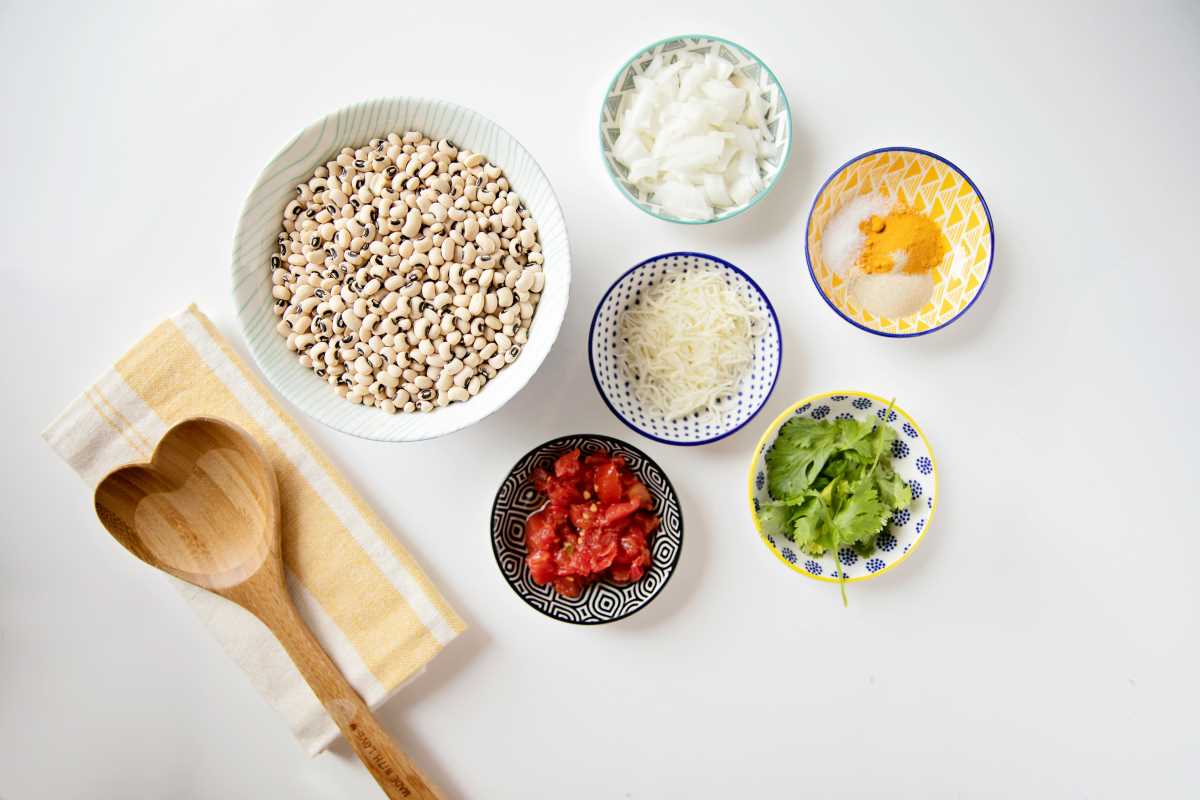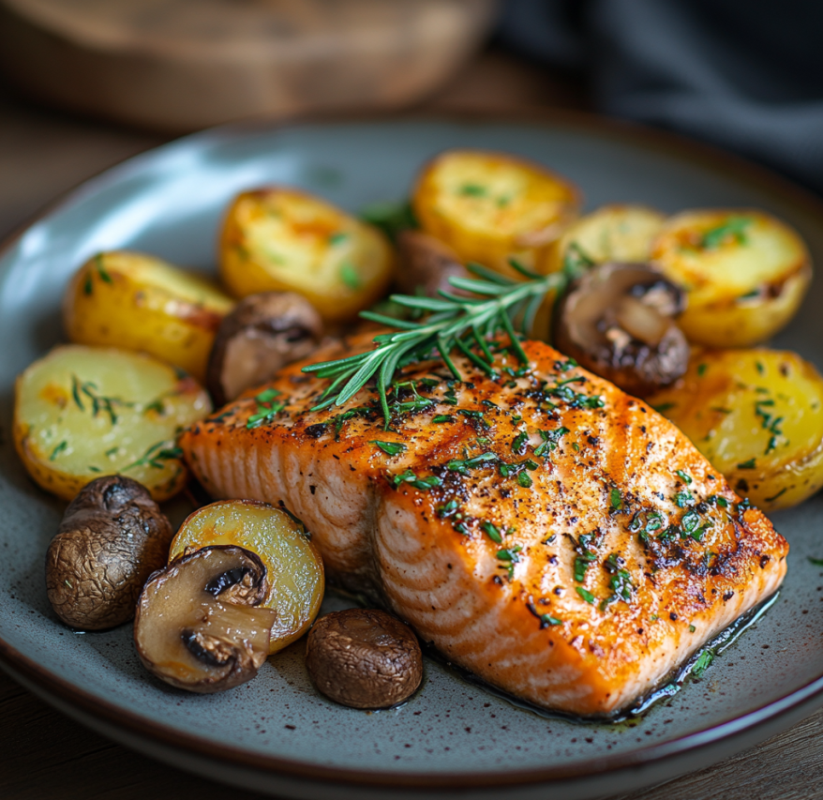For many of us, salt is the go-to seasoning—a pinch here, a sprinkle there—and suddenly, the flavors of our favorite dishes come alive. But here’s the catch. Regularly consuming too much salt isn’t doing your health any favors. High salt intake is linked to high blood pressure, which can increase the risk of heart disease and stroke. If you’re trying to cut back on salt, you might worry that your food will lose its flavor. Here’s the good news—it doesn’t have to!
Reducing salt in your meals doesn’t mean they’ll taste bland or boring. With a little bit of creativity and some clever alternatives, you can unlock new depths of flavor that make your dishes even more enjoyable.
Let’s explore why it’s worth cutting down on salt and how to enhance the flavor of your meals with fun, sodium-free strategies.
Why Cut Back on Salt?
The average adult needs only about 2,300 milligrams of sodium per day—the equivalent of one teaspoon of salt. However, most of us consume far more than that, mainly through processed foods and restaurant meals.
Health Benefits of Reducing Salt
Lowering your salt intake comes with plenty of perks, including:
- Reduced Blood Pressure: Less sodium means your heart doesn’t have to work as hard to pump blood through your body.
- Improved Heart Health: Lower blood pressure reduces your risk of heart disease and stroke.
- Better Kidney Function: Sodium puts extra strain on your kidneys, so cutting back helps them stay healthy.
- Less Bloating: High-sodium diets often lead to water retention, which causes bloating. Goodbye, puffy post-meal feeling!
By limiting your salt intake, you’re giving your body a much-needed break and setting yourself up for better long-term health. Now, let's talk about how to keep your food tasting amazing in the process.
Flavor-Packed Salt Substitutes
Reducing salt doesn’t mean skimping on taste. Here are some tried-and-true ways to season food without reaching for the shaker.
1. Dive Into Herbs and Spices
Herbs and spices are your ticket to bold, vibrant flavors. They’re packed with natural aromas and can transform your meals.
- Fresh Herbs
Use basil, cilantro, parsley, or dill to add bursts of freshness. For example, sprinkle fresh basil over a bowl of pasta or toss cilantro into a salad for a zesty kick.
- Spices
Reach for cumin, paprika, turmeric, or coriander to add warmth and complexity to your dishes. A dash of smoked paprika can mimic the savory depth of salt without compromise.
- Spice Blends
Pre-mixed blends, like Italian seasoning or garam masala, can elevate your dishes while keeping things simple. Just make sure to choose blends without added salt.
Pro Tip:
Warm your spices in a dry pan before adding them to your meal. The heat boosts their aroma and intensifies their flavors.
2. Add a Splash of Citrus
Lemon and lime juice aren’t just for summer drinks—they’re game changers for food, too. Their tangy acidity brightens up flavors and replaces the need for salt.
- Drizzle lemon juice over roasted veggies.
- Squeeze lime into soups or stews for a fresh pop.
- Zest citrus peels into marinades or desserts for an extra burst of flavor.
Bonus:
Grapefruit or orange juice can add a sweeter citrus profile to balance bitter greens like kale.
3. Play With Umami
Umami is often described as the “savory” or fifth taste, and it’s a fantastic salt alternative. Foods rich in umami provide richness and depth.
- Mushrooms
Add mushrooms to stir-fries or pastas for earthy, savory notes.
- Tomato Paste
Stir a spoonful of tomato paste into soups, stews, or sauces for that deep, satisfying flavor.
- Nutritional Yeast
Sprinkle this cheesy-tasting powder on popcorn or pasta. Bonus points for its boost of B vitamins!
Anchovies, miso, and soy sauce (reduced sodium) are also umami boosters, but be mindful of their salt content if you're going for low-sodium options.
4. Experiment With Vinegars
Vinegars bring acidity and sharpness to dishes, which tricks your taste buds into not missing those salty flavors.
- Balsamic vinegar works wonders drizzled over roasted vegetables or fresh strawberries.
- Apple cider vinegar adds zing to salad dressings.
- Rice vinegar is light, slightly sweet, and perfect in marinades or noodle dishes.
Acidity is a quick and easy way to brighten up your meals while reducing your reliance on sodium.
5. Don’t Underestimate Garlic and Onions
These kitchen staples pack serious aroma and flavor. Roasting garlic softens its sharp edge and creates a sweet, mellow base for soups or spreads. Meanwhile, caramelized onions add a rich, savory-sweet touch to nearly anything—from burgers to roasted veggies.
Want to Amp It Up?
Try shallots or leeks for a more delicate flavor in recipes where raw onion might be too strong.
Cooking Techniques That Enhance Flavor
Sometimes, it’s not just about what you use—it’s how you use it. The right cooking techniques can turn basic ingredients into flavor powerhouses, no salt required.
1. Caramelization
When cooked at the right temperature, foods like onions, carrots, and meats develop a natural sweetness and depth. The golden-brown crust amplifies flavor and eliminates the need for added salt.
2. Roasting
The high heat of roasting brings out the natural sugars in veggies, making them taste sweeter and more flavorful. Toss them with a little olive oil and your favorite herbs before roasting.
3. Grilling
Grilling adds a smoky, charred flavor to meats, veggies, and even fruits. This depth of flavor tricks your taste buds into thinking there’s more seasoning than there actually is.
4. Deglazing the Pan
After cooking meat or veggies, add a splash of wine, broth, or vinegar to the pan to dissolve those flavorful browned bits stuck to the bottom. Use the mixture as a delicious, no-salt-needed sauce.
Building Salt-Free Habits
Transitioning to a lower-salt lifestyle doesn’t have to feel restrictive. Here’s how to stick with it while keeping your meals exciting.
- Taste as You Go: Adjust your seasoning as you cook instead of waiting until the end. This helps you layer flavors effectively.
- Shop Smart: Opt for low-sodium versions of canned goods, stocks, and sauces.
- Read Labels: Many processed foods contain sneaky amounts of sodium. Look for products labeled as “low sodium” or “no added salt.”
- Train Your Taste Buds: It may take a few weeks for your palate to adjust, but soon, you’ll notice and enjoy the natural flavors of food more.
Disclaimer: The content provided on SuperHealthyTips is for informational and educational purposes only. This information is not intended to be a substitute for professional medical advice, diagnosis, or treatment.
 (Image via
(Image via
.jpeg)




